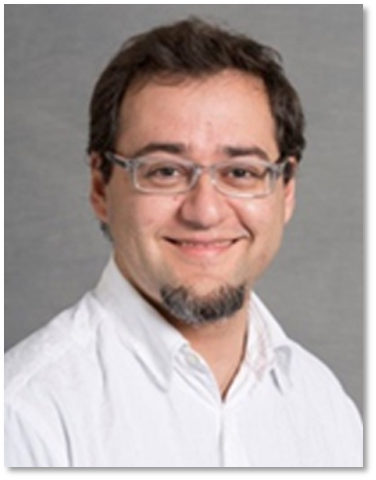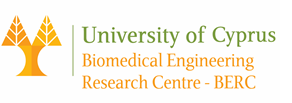 |
IN SILICO MODELLING GROUP |
"The future revolutionizing biomedicine is through in silico models, real-time simulations and digital twins"Dr Vasileios Vavourakis is an Associate Professor at the University of Cyprus, an Honorary Senior Lecturer at University College London, and Technical Chair of BioDynaMo. The expertise of Vasileios and his team – the In Silico Modelling group (https://in-silico-modelling.ucy.ac.cy) – is in computational mechanics, numerical methods, mathematical modelling and high-performance computing. He is a member of the European Society of Biomechanics, the International Association of Computational Mechanics, the Virtual Physiological Human Institute, and the Marie-Curie Alumni Association. He has co-authored >50 peer-reviewed articles in journals and book chapters, he is a reviewer in several prominent journals in modelling and biomechanics, and has examined grants in UK’s EPSRC and NC3Rs, the Irish Research Council, Belgium’s FWO, Netherland’s STW, and the Slovak Research & Development Agency. Dr Vavourakis has been a Marie Curie Fellow (2015-2017), as well as taken leading role in the in silico modelling in two FP7 and an EPSRC project. He is the principal investigator of an EIC Pathfinder and a Cyprus Cancer Research Institute project, while he is the co-investigator in a H2020, two COST Actions, and a RIF-funded project. Associate Professor Vasileios Vavourakis Dept. of Mechanical & Manufacturing Engineering University of Cyprus, Cyprus |
Multiscale
|
Biomechanics-assisted medical image processing & surgical planning simulationsIn medical imaging, image registration is the process of transforming different sets of data into one coordinate system, i.e. projecting or fusing images into a common reference framework. Clinical data could be magnetic resonance imaging (MRI) scans, computed tomography (CT), multiple photographs, etc. It may also involve data by combining different sensors/cameras, at different time points, or viewpoints for surgical or/and radiotherapy planning, multi-modal diagnosis and staging. In breast cancer management for instance, the accurate prone-to-supine breast image registration may be necessitated by the clinicians (for diagnostic or planning purposes) which is still a challenge. In this direction, we have integrated biomechanical in silico models with image processing techniques into a registration framework such that it aligns pertinent images in a central (reference) configuration by minimizing the registration errors. Moreover, in another research direction, we are developing data-driven in silico models that aim to offer physiologically accurate predictions of needle insertion on a patient-specific basis for prostate cancer therapy in the context of brachytherapy. Our models are built using pertinent image data from prostate cancer patients undergoing internal radiotherapy, where pertinent data are provided by our clinical collaborators. |

|
SELECTED PUBLICATIONS
|
